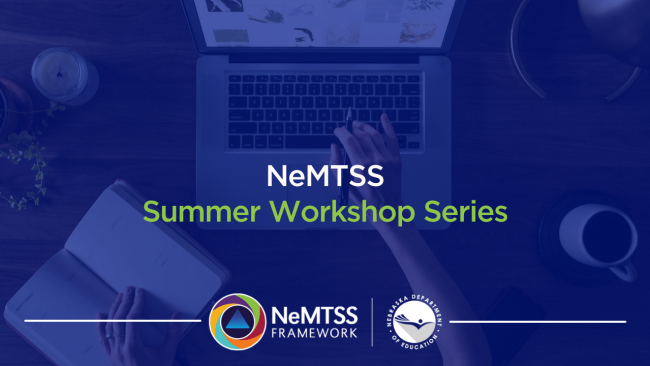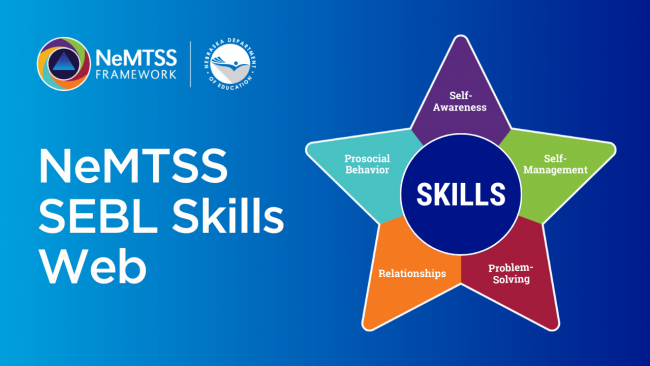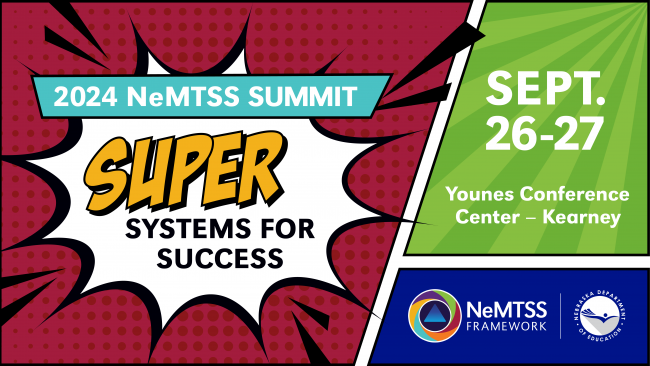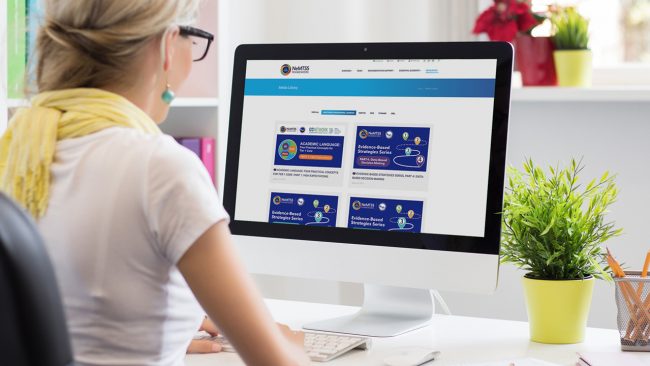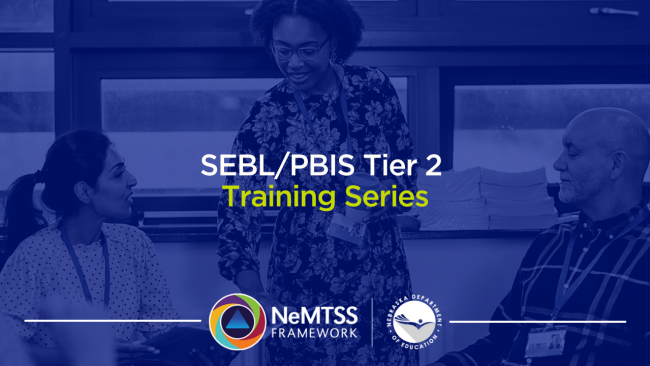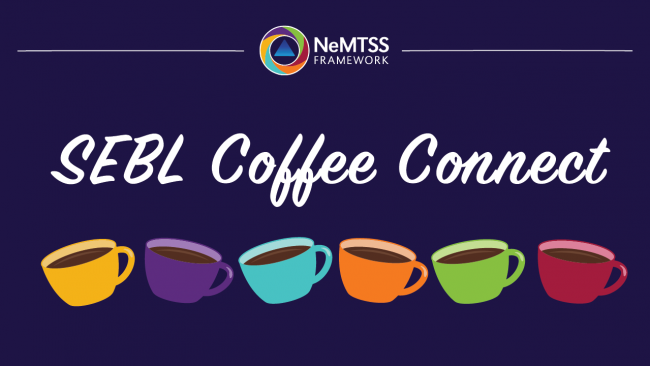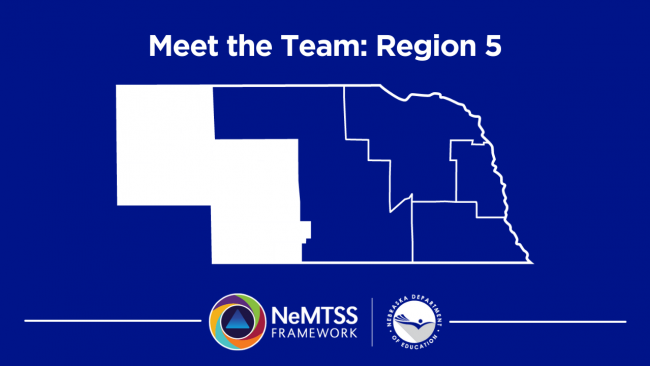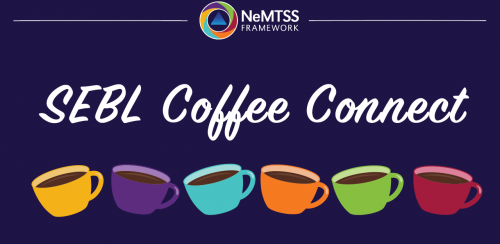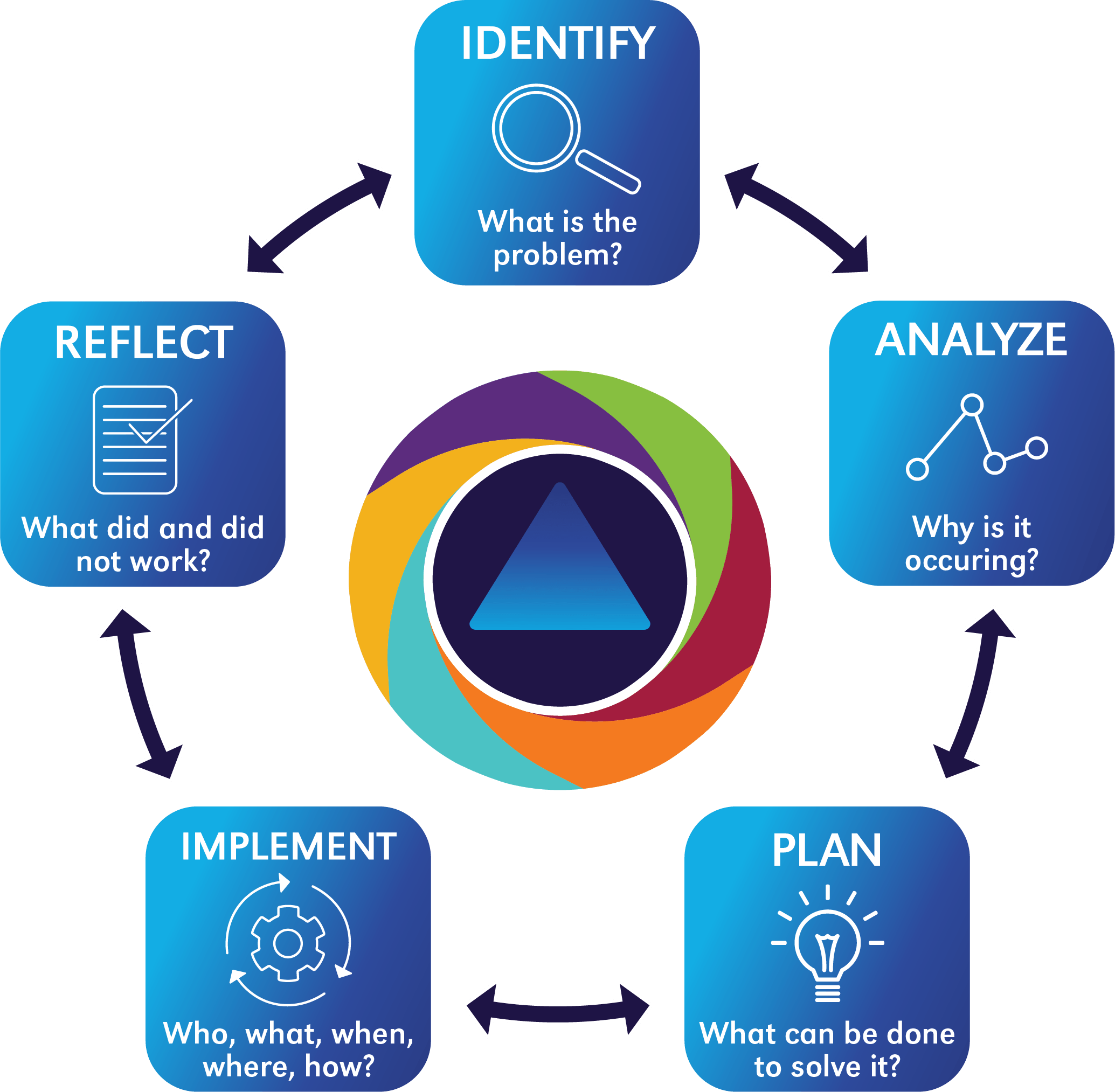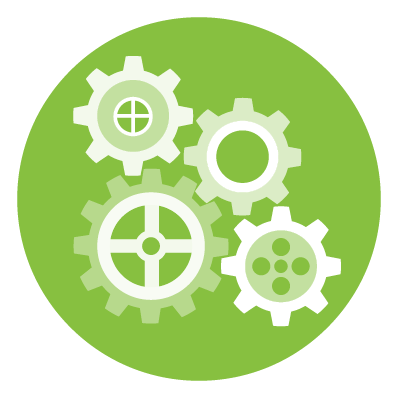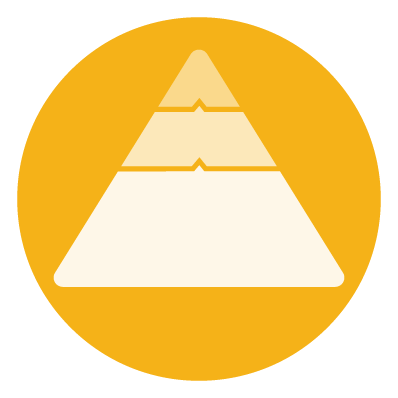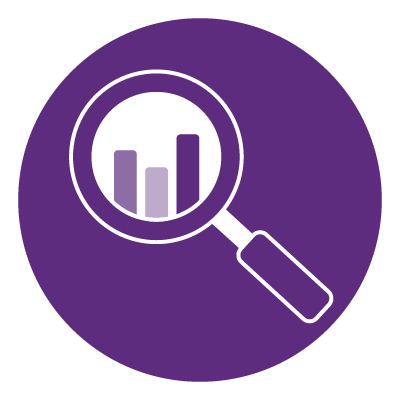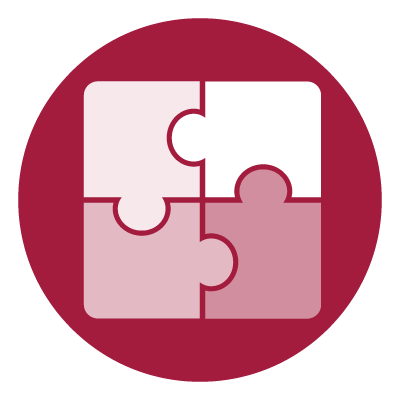Coherence at Every Level
The 2023 NeMTSS Framework is now available. The revised framework is designed to ensure every student across Nebraska has access to learning experiences that enhance their educational outcomes.
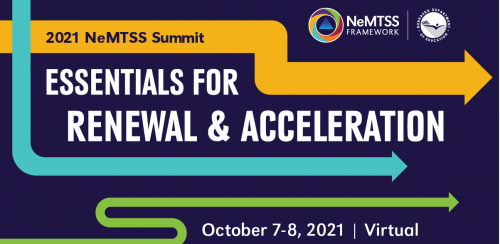
2021 NeMTSS Summit
The Nebraska Department of Education’s 2021 Nebraska MTSS Summit, “Essentials for Renewal and Acceleration,” featured sessions to help students and teachers face the many uncertainties of returning to in-person classrooms.
Why NeMTSS?
Nebraska’s MTSS system gives schools powerful tools and knowledge to provide effective instruction for all students using a collaborative, comprehensive and preventive problem-solving approach.
Essential Elements of NeMTSS
NeMTSS is based on the idea that all students require early and powerful academic and behavioral core instruction with the potential for high-quality interventions of increasing intensity. Nebraska stakeholders have identified the following elements that are essential to implement and sustain a successful MTSS framework.
Infrastructure & Shared Leadership
Sound infrastructure and effective shared leadership are the foundation from which all the other essential elements are built. Without a strong infrastructure and effective shared leadership, it is not possible to design a strong, layered continuum of support, engage in sound data-based decision-making, or support collaboration and communication.
Layered Continuum of Supports
Within a layered continuum, tiered supports are provided to meet the unique needs of each student. Supports are dependent on data, and there is flexibility among the tiers, allowing each student to receive the support they need, when they need it. Adults are responsible for monitoring student progress and matching the support to each student’s specific needs.
Data-Based Decision-Making
Meeting the needs of every student requires understanding their learning journey, the root causes of challenges and how to provide appropriate support that addresses those root causes. Data-based decision-making involves collaboration and communication from community members and caregivers, as well as district, school, collaborative and student support teams, using a variety of data points to identify student needs and support planning.
Communication & Collaboration
Effective communication and collaboration hinge upon the belief that student, family and community engagement enhance learning experiences and are culturally inclusive and relevant for each student. Student success and engagement rely on positive partnerships and relationships to fundamentally improve the outcomes for each student, school, district and community.

